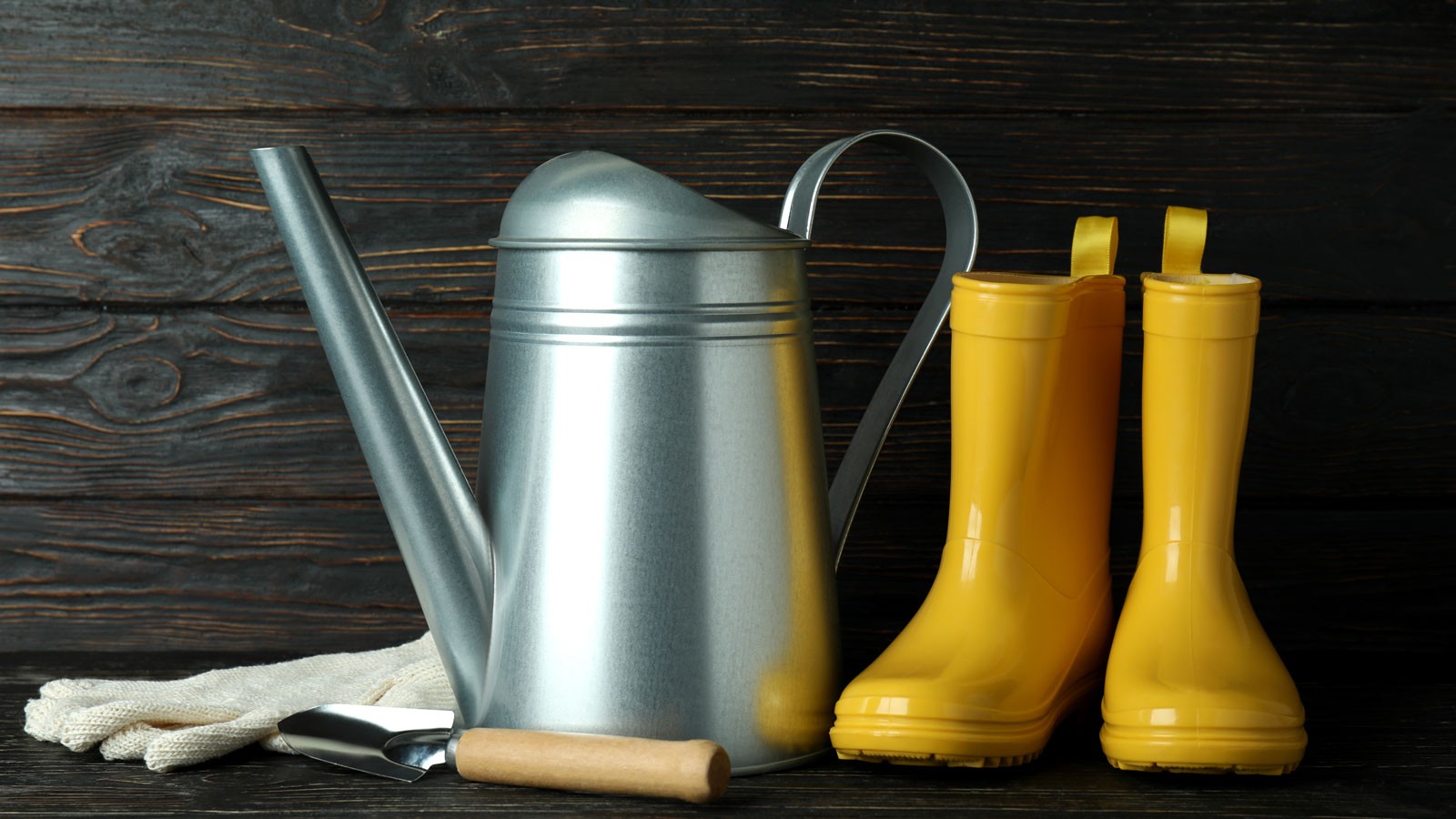Ask an Expert — Blossoming into Spring: Your April Gardening Guide
Temperatures are warming, and soon it will be time to plant. Consider these tips to help you prepare. Included are tips and links from the Utah State University Extension Gardeners Almanac.
- Plant seeds of cool-season vegetables (peas, lettuce, spinach, radishes) as soon as garden soil is workable.
- Check out over 55 vegetable and herb fact sheets produced by USU Extension.
- National Arbor Day is April 26 this year. Plant a tree to celebrate. The USU Tree Browser offers an interactive list of tree species adapted to the Intermountain West.
- Consider planting peas in the garden every 2-3 weeks (until early May) to extend the harvest.
- Now is a great time to learn how to plant and harvest asparagus and rhubarb.
- Control young garden weeds by hoeing or hand-pulling.
- Protect fruit blossoms and tender garden plants from late critical freezing temperatures.
- If storing bulbs, check to make sure they are firm and remove any soft or rotten bulbs.
- Wait to prune roses until buds begin to swell to avoid late-frost damage to new growth.
- Prune spring flowering shrubs (those that bloom before June) after they have bloomed to encourage new flower buds for next season.
- Divide crowded, fall-blooming perennials.
- Divide cool-season ornamental grasses when new growth begins to emerge.
- Apply chelated iron (FeEDDHA) to plants that have had prior problems with iron chlorosis.
- Use organic (wood chips or bark) mulches to retain soil moisture around shrubs and trees.
- Apply pre-emergent herbicides in late March to mid-April to control annual weeds such as crabgrass and spurge in the lawn.
- Learn about lawn care and planting.
- In compacted sites, aerate with a hollow core aerator when turfgrass is actively growing, usually from April to June.
- Check your sprinkler system for leaks. Clean filters and fix and align heads.
Pests and Problems:
- Download the Utah Home Orchard Pest Management Guide.
- Learn about common problems in apples, pears, plums, peaches and nectarines, cherries, and apricots.
- Reduce chemical use to help promote beneficial insects in your landscape.
- Treat for coryneum blight in stone fruits (cherries, peaches, nectarines, apricots and plums) at shuck split, approximately 10 days after flower petals drop.
- Treat apples for powdery mildew when leaves are emerging (at 1/2 inch green) until June.
- Monitor wet weather during bloom in apples, pears and hawthorns to determine if you need to treat for fire blight.
- Treat fruit trees for cat-facing insects like stink bugs to prevent dimples and pucker marks in trees.
- Use preventative controls for peach twig borer in peaches, nectarines and apricots to help reduce twig and fruit damage later in the season.
- Control spring-flying bark beetles in pine trees and other conifers.
- Protect birch trees previously infested by the bronze birch borer by applying a systemic pesticide.
- Watch for cutworm damage in turfgrass and new vegetable starts.
- Take an onlinegardening course, and use promo code “Grow5” for $5 off.
Visit garden.usu.edu for information on gardening courses, growing and maintaining the yard and garden, drought resources and more.
CONTACT
JayDee Gunnell
Horticulturist
Utah State University Extension
435-752-6263
jaydee.gunnell@usu.edu
TOPICS
Extension 454stories Family 195stories Plants 188stories Food 168storiesComments and questions regarding this article may be directed to the contact person listed on this page.







